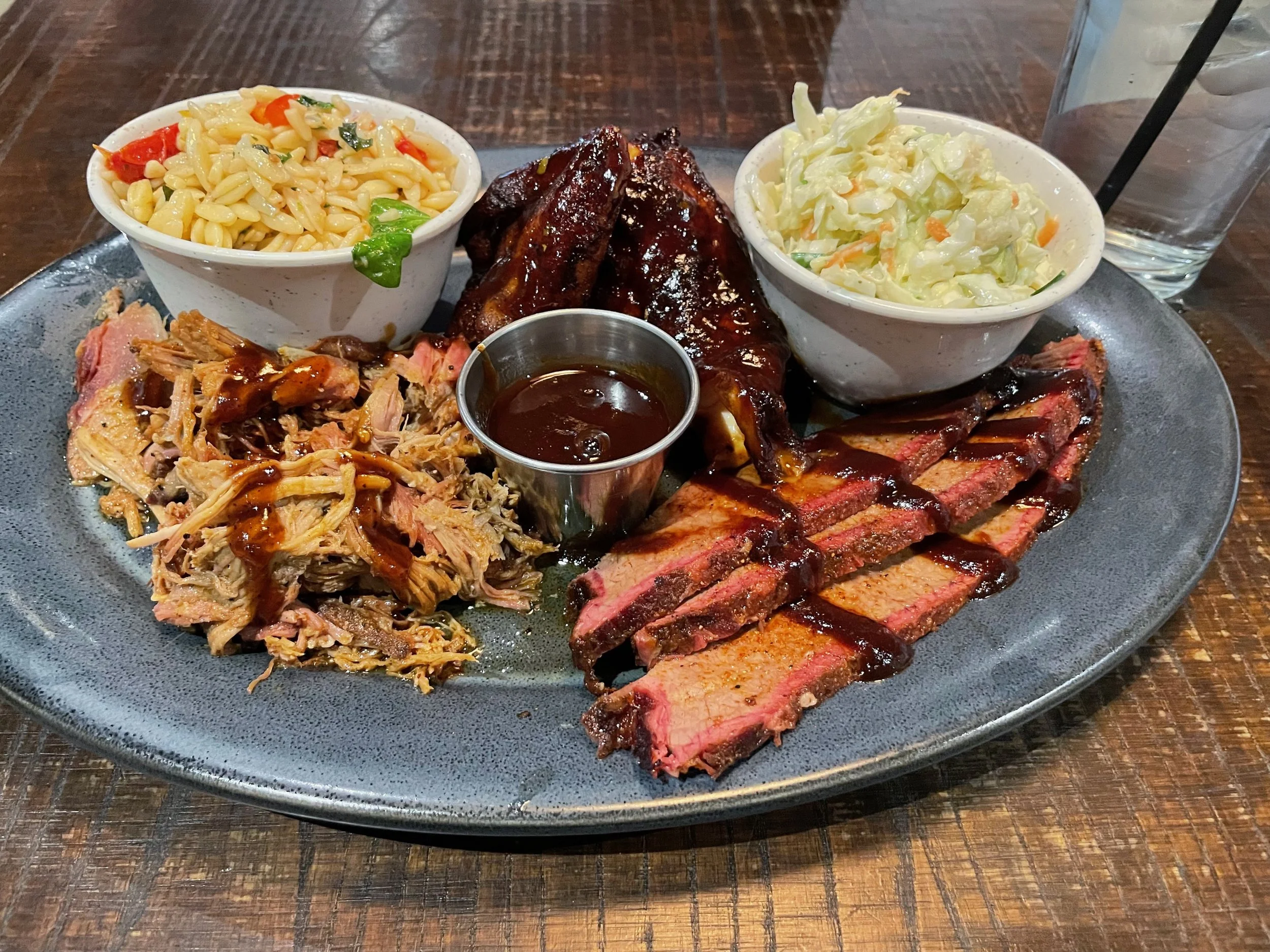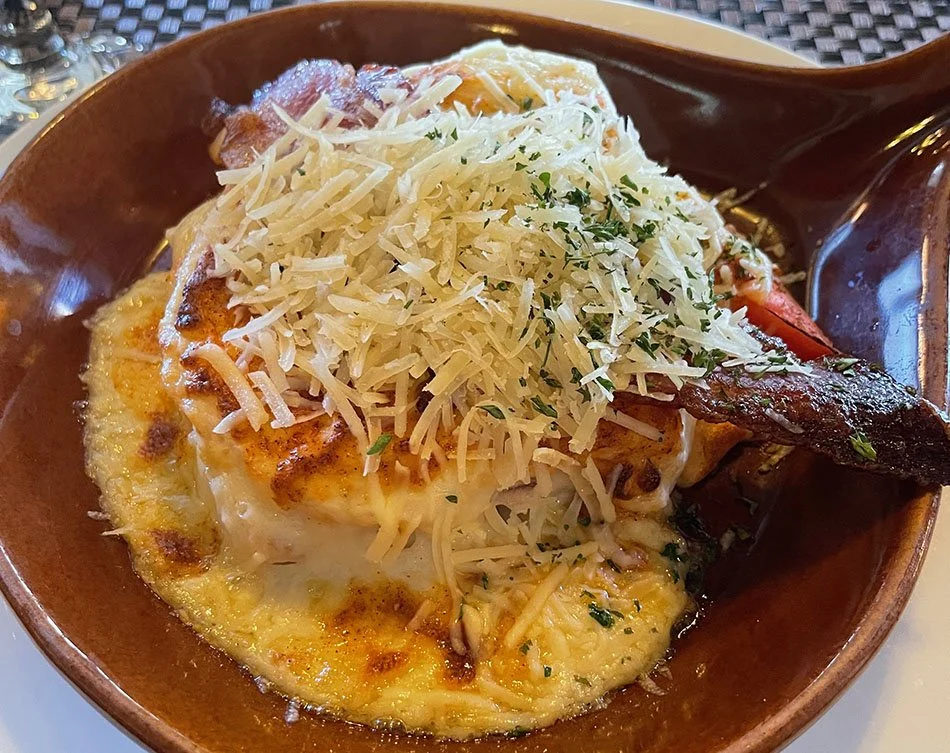Smart Indulging On the Go
I am a foodie, and traveling gives me the opportunity to learn about my destination through food. Foodies seek quality, authentic, whole food, and smart indulgence enhances the foodie experience while traveling.
Oyster Flight from Sea Rocket, Charlottetown, Prince Edward Island
Eating at Home
At home or on the road, being a foodie means I prefer nutritious meals with whole, natural ingredients I can pronounce. Not only is it healthier, food tastes much better. I stay away from processed food as much as possible. I also read labels before anything makes it into my grocery cart.
I practice portion control, which helps me keep track of my meals and ensures I only eat what I need (I cannot stand how I feel when I eat past full).
Not surprisingly, my home routine is stricter than it is on the road, but even then, I practice smart indulging. Most days, I stick to my routine and the foods that work for me; however, if I’m with my family and I have overall eaten well, that occasional treat is a healthy way to enjoy a full life without compromising my health. For weight loss and maintenance, indulging with intention is important — otherwise, you risk rebelling and relapsing.
I have maintained a 70-pound weight loss consistently for nearly five years, so it must work.
I got three meals from The Judge’s Plate from Q34 in Kansas City, allowing me to sample Kansas City barbeque smartly.
Smart Indulging on the Road
Traveling disrupts my usual routine in several ways:
I eat at restaurants more often.
I love to explore destinations through food.
I usually stay with people who don’t share my diet.
Long drives can make snacking too easy.
This means I must actively manage my eating to:
Maintain my health
Keep me energized for other destinations
Ensure I get the best food and experience out of my journey
Indulging with intention during travel helps keep balance between a healthy lifestyle and making the most of my travels.
Portion Control: U.S. restaurant portions are massive. I set half aside to go; half a meal is plenty.
Plan the Day’s Eating: If I know I am going to eat out later, I will more strictly manage my eating the rest of the day to ensure I don’t overdo it.
Decide Ahead: If I can, I will look at online menus before arriving so I have time to select the healthiest option for me.
Commitment to Quality Food: In my experience, eating local means better quality food, so I gravitate to non-corporate options for food and coffee. Also, I look for places that have healthy options or, even better, are farm-to-table and/or have a total commitment to serving quality vegetables and fruit.
Stock Up at Grocery Stores: Most grocery stores provide healthy food options in single-serve, pre-cut, and easy-to-heat or cook options. If I’m driving, it provides convenient, healthy, and easy meals to eat. When I am staying in a home with people who don’t like vegetables as much as I do, picking up an easy veggie bag for microwave steaming can be a quiet, easy way to add veggies to your meal without inconveniencing your hosts.
Keep Moving: Walking tours, hikes, and city strolling help my body feel better after eating.
Hydrate: Drinking enough water always helps with digestion and keeps you from eating too much. I have also noticed that I don’t get drowsy on long drives when I’m hydrated.
Let Loose, Forgive Yourself, Move On: Sometimes, I just like to live a little. It’s OK. Enjoy the indulgence and move on from it!
I don’t care how many calories are in a Kentucky Hot Brown, I’m still eating it.
After I Return Home
I methodically manage a return to my usual routine for the first week. I will be a bit stricter with my diet than normal for a few days to help my body recover from the trip and get me back into my usual healthy eating patterns. I also reintroduce my regular exercise routine so that I’m back to my usual stamina within a week.



